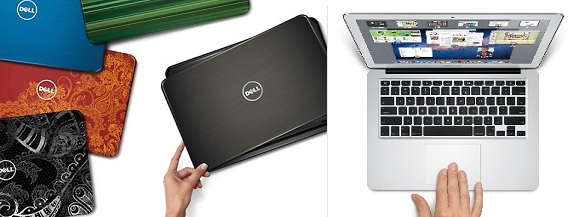Once you’ve used ebay for awhile it is easy to see there is no reason to bid any more than once for any item you really want to buy. The snipe bid. Here’s why: If you use ebay’s proxy bidding service you may only be driving the final price up. Sure, put in the maximum you want to pay and let the proxy bid for you. You want a camera and you’re hoping to win it for $200. The bidding started at $90. You put in $200 as your max nine hours before the auction’s end. You’re now winning the auction at $91.50.
Closer to the end of the auction the hawks who have been watching the camera swoop in. First they’re going to try to out bid you. They know that this camera is worth $350 retail. You’re not privy to some secret retail price information they don’t have. So through a series of bids they drive the price above your $200 maximum. Now they’re going to start a war. A bidding war against each other. $225….$240….$242.50….
Five minutes left in the auction and you still want the camera for $275 or less. But the bidding has paused at $245. Hold that mouse! Do not increase your max bid to $275 yet! Now with three minutes left the other person who really wants to win this auction has plenty of time to run up your price even if they don’t beat it and win the camera. Wait until the last three to five seconds. Put in your maximum bid of $275. You’re the high bidder and the auction has ended. You won. But at what cost?
First, your time. There is no way the time you took to place a low ball bid was ever going to work out. You didn’t find a secret hidden item on ebay. Others were watching it and your low entry while you hoped for a miracle. You also set a high bid for the hawks to run against. If you had not set the $200 max bid it’s possible the other bidders would have fought their war with smaller incremental bids against each other, tiring each other out until the pause at around $185. That would have been a much nicer price to be sniping at in the last five seconds of the auction.
Sniping is the only real way to bid and win on ebay. Watch an item, if it is still within your price point in the last five seconds of the auction, fire away! This is the only bid you will need to make to win. Sniping is so effective that there are third party services prepared to snipe for you so that you won’t have to stay up until 1:30 AM to place that last second bid. Sniping is also a way to really piss off all those people who have spent hours of their time and anxiety watching an item run up in price. Take them all out with one bid at the end and take home the prize.
This entire post also summarizes why I don’t ever post an item on ebay for longer than three days. More time may attract more eyeballs but it will also lose you just as many bidders because who really want to bid on an item and wait 4 days 29 minutes and 40 seconds to see if they will win. Most likely they will look for the same item at a different price that’s ending sooner.

